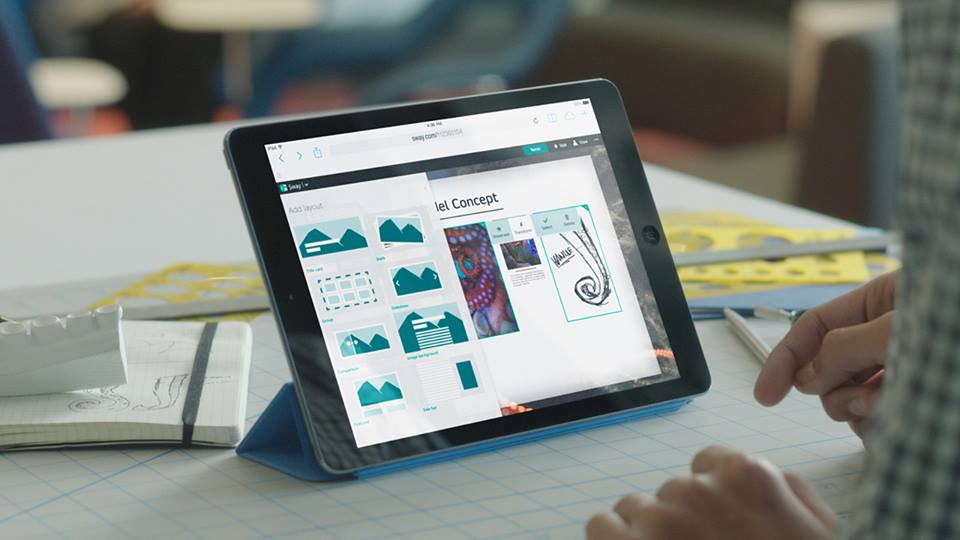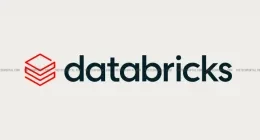Google’s interests in science are varied. Though, it is working towards some brilliant ideas through its more popular X Labs, the little known, Google’s Big Picture Group is doing pretty cool things out there too.
One of those insanely amazing things is this latest visualisation of the Modern Periodic table. This new visualisation makes some absolutely brilliant pictures of our generally boring periodic table and how abundant a particular element is, through several categories.
The Big Picture Group has first divided elements in the periodic table on the basis of the shape in which you wish to see them. The three shapes are bars, cubes and electrons. If you select bars or cubes, you are presented with seven different criterias of checking the abundance of a particular element in the periodic table.
These seven criteria include : mentions in books, human body, earth’s crust, sun, sea, volume and volume (except gases). Click on either of these, and you get a breathtaking visualisation of each of those, based on precise calculations done by Google’s Big Picture Group.
Now, forget bars and cubes. Click on electrons (and I personally recommend this one), this visualisation will now show you elements, along with their entire electron shells. Not only this, it will also show you the exact number of electrons, which each shell consists of.
Too much of Chemistry at once ? Well, Daniel Smilkov, a software engineer at Google’s research division explains how they did this :
We quickly discovered that using area to represent abundances didn’t give a good sense of the differences between elements: they covered so many orders of magnitude that all but the most common elements disappeared entirely. (The earth’s crust has 170,000 times as much oxygen as uranium.) Using a logarithmic scale had the opposite effect: it flattened out the scale so that differences didn’t seem as significant.
But we found that using volume to represent size produced a readable and interesting result. It also felt natural and direct when we looked at other data related to the elements.
I bet you won’t understand the beauty of this new Modern Periodic Table by just reading my post. So, here’s the link, Go on, experience it.
The Tech Portal is published by Blue Box Media Private Limited. Our investors have no influence over our reporting. Read our full Ownership and Funding Disclosure →








